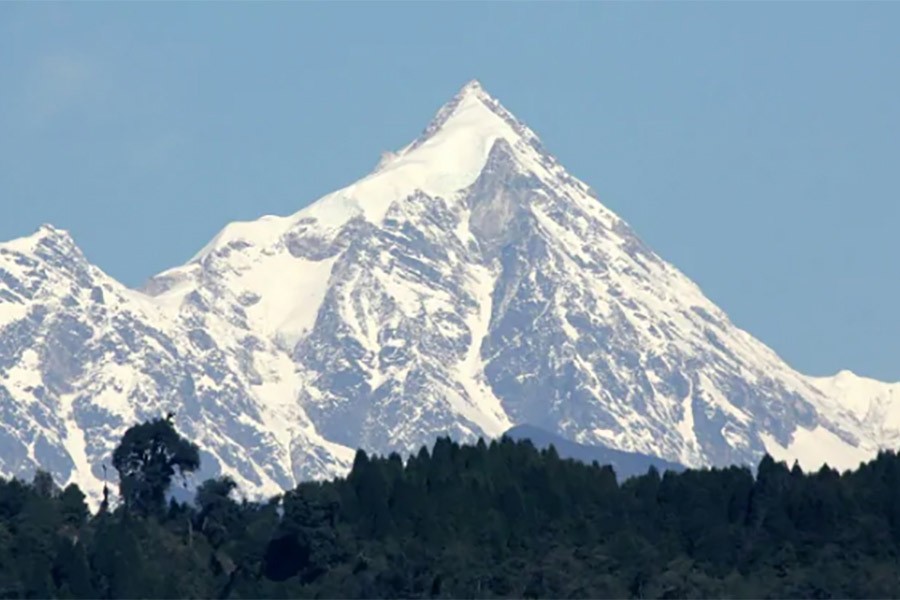Indian Air Force helicopters have joined the search for eight climbers missing on the country's second highest mountain, Nanda Devi.
The missing group includes four people from the UK, two Americans, an Australian and an Indian, reports BBC.
The team started climbing Nanda Devi in the Himalayas on 13 May; the alarm was raised when they did not return to base camp as scheduled on Friday.
Indian officials say there were signs of an avalanche on the 7,816-metre mountain.
Emergency workers set out to find the group on Saturday but the operation was called off in the evening amid harsh weather conditions.
The efforts resumed early on Sunday morning, as the Indian Air Force deployed two helicopters to launch an aerial search for the climbers.
The climbers were being led by experienced British mountain guide Martin Moran, whose Scotland-based company Moran Mountain has run many expeditions in the Indian Himalayas.
The rest of the group have been named locally as John McLaren, Rupert Whewell and Richard Payne from the UK; US nationals Anthony Sudekum and Ronald Beimel; Australian Ruth McCance; and Indian guide Chetan Pandey.
Moran Mountain confirmed on Saturday that it was working with authorities and the British Association of Mountain Guides to "gather information regarding the Nanda Devi East expedition team."
"Out of respect for those involved and their families, we will be making no further comments at this time," it added.
Photos posted to Moran Mountain's Facebook page the day before the start of the climb showed the group "starting their journey into the hills at Neem Kharoli Baba temple, Bhowali".
An update on 22 May, posted from their second base camp at 4,870 metres, suggested that the group would attempt to summit a previously unclimbed peak on the mountain.
The British Foreign and Commonwealth Office (FCO) has confirmed that it is in contact with Indian authorities about the missing climbers.
"We will do all we can to assist any British people who need our help," a spokesperson said.
Nanda Devi is the world's 23rd highest mountain and was first scaled in 1936.
Considered one of the toughest Himalayan peaks to summit, it attracts fewer climbers than other mountains in the region.


